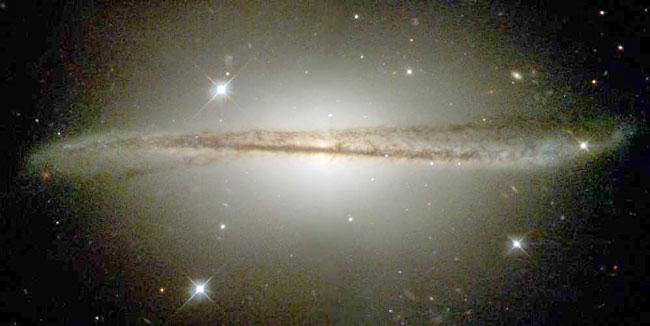


Welcome to NASAs Eyes, a way for you to learn about your home planet. According to Rossi’s team, this particular GRB put out so much energy that it was probably powered by material falling onto a black hole or (less likely) a magnetar –– a neutron star with a very strong magnetic field. This calendar shows the Moon Phase for every day in the current month of February. A family examines a circle of mushrooms, a phenomenon that medieval Europeans once called a fairy ring, in a green meadow in New Jersey.
#Nasa picture of the day archive archive
The latest addition of 65 exoplanets to the NASA Exoplanet Archive contributed a scientific milestone on Monday: There are now more than 5,000 confirmed planets beyond our solar system, according. The origins of gamma-ray bursts however remain a bit of a mystery. A solar flare, as imaged by NASA's Solar Dynamics Observatory on October 14, 2014. 04.16.15 - Landsat-8 image showing a portion of the EF-4 tornado track northwest of Rochelle, Ill. Credit: Data - Hubble Legacy Archive, ESA, NASA Processing - Robert Gendler Gorgeous spiral galaxy NGC 3521 is a mere 35 million light-years distant. NASA's SPoRT Disaster Response Team Provides Imagery for Illinois Tornadoes. This was key to discover that the burst originates from an extremely distant galaxy, when the universe was only 6% of its current age, making this one of the most distant GBRs ever found. Nasas Astronomy Picture of the Day archive is a packed with awe-inspiring, high-resolution images of space that, incidentally, work great as desktop wallpapers. 04.16.15 - A green star marks the location of NASA's Curiosity Mars rover after a drive on the mission's 957th Martian day, or sol, (April 16, 2015). But they fade very quickly, so astronomers must react fast! A team of astronomers led by Andrea Rossi at INAF in Bologna observed the aftermath of the GRB with a number of telescopes around the world, including several ESO instruments on the VLT and the robotic telescopes REM and GROND hosted at ESO’s La Silla Observatory.īesides taking images with X-Shooter, the team also used this instrument to obtain spectra. Once the initial bright flash of a GRB has died down, the afterglow shines at longer wavelengths like visible or infrared light. In September 2021, NASA's Neil Gehrels Swift Observatory detected a bright source of gamma rays in this area of the sky. This light is from a gamma-ray burst (GRB), one of the most luminous and puzzling phenomena in the universe.
#Nasa picture of the day archive professional
Do you see that small red spot? That’s an extremely distant explosion in the early universe imaged by the X-Shooter instrument at ESO’s Very Large Telescope (VLT). Discover the cosmos Each day a different image or photograph of our fascinating universe is featured, along with a brief explanation written by a professional astronomer.


 0 kommentar(er)
0 kommentar(er)
